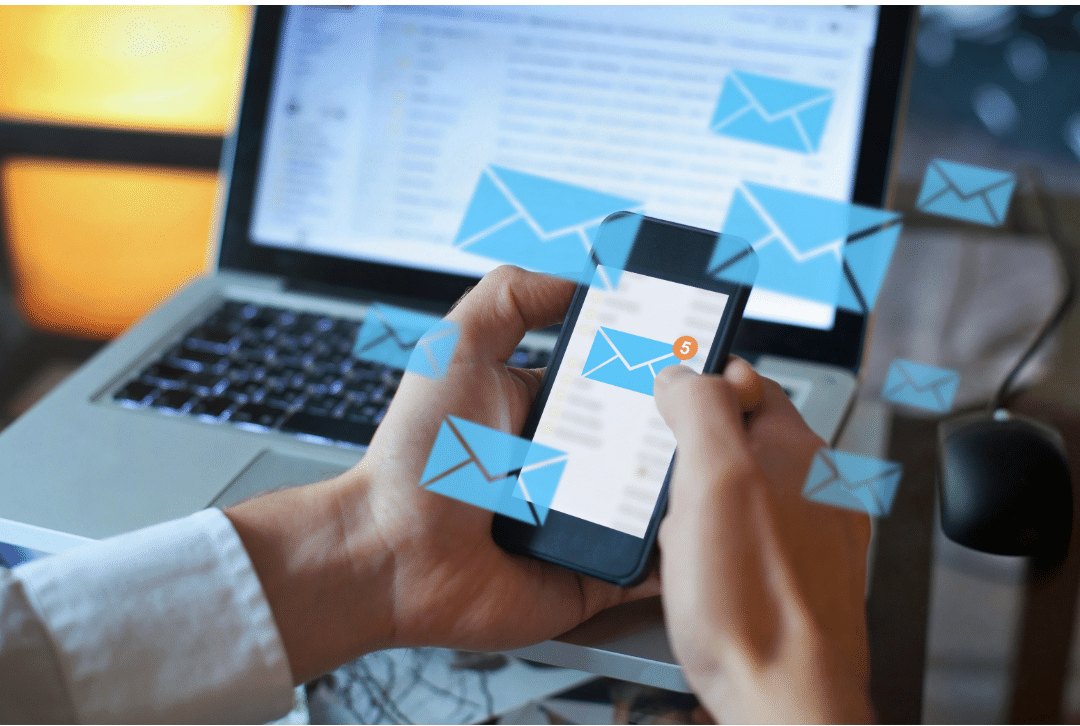Education & Career Trends: March 12, 2023
Curated by the Knowledge Team of ICS Career GPS

- Excerpts are taken from an article published on makeuseof.com
If you’re concerned that your email introductions seem weak, don’t worry—you’re not alone. Even experienced writers take hours to create the ideal introduction. Everyone is aware that they should draw the reader in, but few actually succeed in doing so.
Study examples of weak email introductory lines before writing your own. These detrimental yet often made errors should be avoided while drafting formal emails
While your opening line sets the tone for your email, don’t spend all your time on it. Work emails comprise several parts. You should check your draft for other careless mistakes, e.g., blank subject lines, grammatical errors, and missing file attachments.
1. Using emojis and excessive punctuation marks
Communicating emotions via text may be challenging. You’ll find it simpler to take digital pictures than to effectively describe the subtleties of nonverbal communication. You may also create personalised emoticons utilising applications for a more unique vibe.
No matter how useful emoticons are, you shouldn’t use them in formal emails. They may appear unprofessional.
The same guidelines apply to the overuse of punctuation. Several exclamation points and periods denote intense emotions, they can also occasionally seem like spam.
2. Using sales-y language
Regardless of the message’s aim, recipients automatically close emails with sales-oriented introductions. After doing so, they don’t open them again. If they don’t personally know the sender, some individuals might even completely block them.
To prevent experiencing this
Stop using pushy email subject lines.
Instead of pitching CTAs in the first few phrases, emphasise your unique brand.
Trust must be earned before anything else. Whether you’re looking for a wage increase at work or an appointment with a warm lead, you must first establish your credibility.
3. Too long introductions
When at a loss for words, individuals frequently overexplain. They digress and direct readers to related but unimportant things to make up for their uncertainties. If you don’t take care, you could write numerous pages before getting to the point of your message.
Although appearing to be helpful, it may turn readers off. Keep your introduction simple. Introduce your qualifications, explain why you are contacting them, and then draw their attention by bringing up a
The tone of your message should be established in the introductions. Strive to create an engaging, informative beginning that gives background and encourages readers to read on. Also, keep your speech to two or three phrases.
4. Introducing too much jargon
Jargon refers to technical words used within specific communities. They quickly convey complex concepts that would otherwise require lengthy, redundant explanations. These terms have no synonyms. You’ll rely on them the most when discussing industry-specific matters with fellow professionals.
Albeit essential, jargons also feel exclusionary. You shouldn’t carelessly assume that recipients will understand complex, technical ideas. Otherwise, you might intimidate them. Always start emails with general phrases and concise language. Only use jargon once you’ve introduced yourself and established the message’s intent.
5. Acting over familiar
Personal stories, filler phrases, and fluff will muddle your opening line if taken out of context. Before setting the tone of your introduction, consider your level of closeness to the recipient.
Superfluous, formal terms sound impersonal, but an edgy, inappropriate attitude could come off offensive. Be personable without acting overly familiar. And if you’re unsure about your approach, play it safe and lean toward a formal tone. Avoid phrases that could be misinterpreted. Only adopt a less formal attitude once the other party warms up to you.
6. Following unusual formats
Most email providers accommodate the same font styles, sizes, and colours found in word processors. Although fonts express creativity, carefully choose the ones you use in professional messages. Not everyone appreciates unusual formats.
To play it safe, use the default style when writing work emails. Outrageous designs are not only unprofessional, but they also compromise readability. For instance, white backgrounds wash out light colours, while large font sizes deviate readers from the smaller text.
…
Have you checked out yesterday’s blog yet?
7 Applications of AR & VR in Event Management
(Disclaimer: The opinions expressed in the article mentioned above are those of the author(s). They do not purport to reflect the opinions or views of ICS Career GPS or its staff.)
Like this post? For more such helpful articles, click on the button below and subscribe FREE to our blog.





One Reply to “Common Mistakes to Avoid in Your Email Introduction”